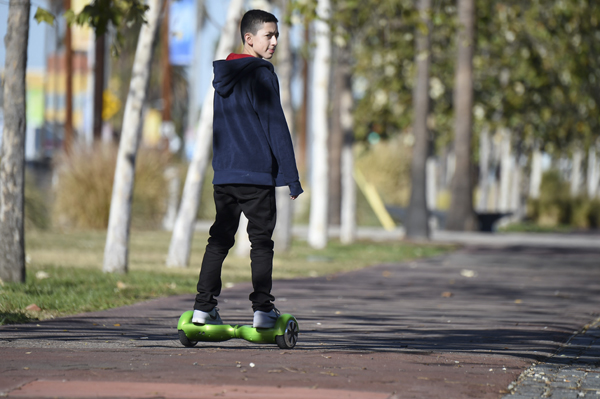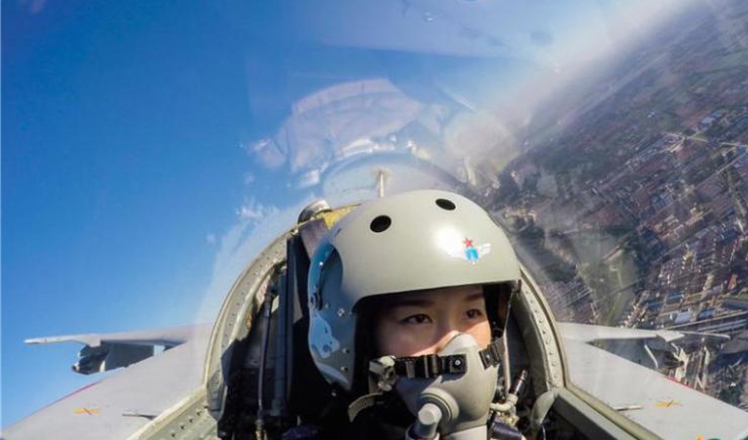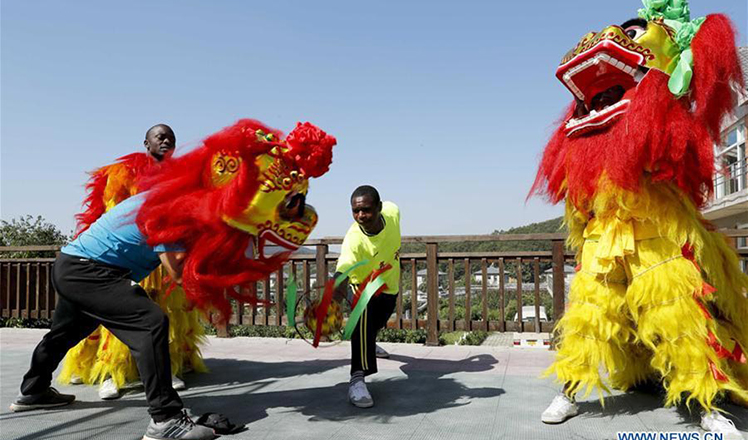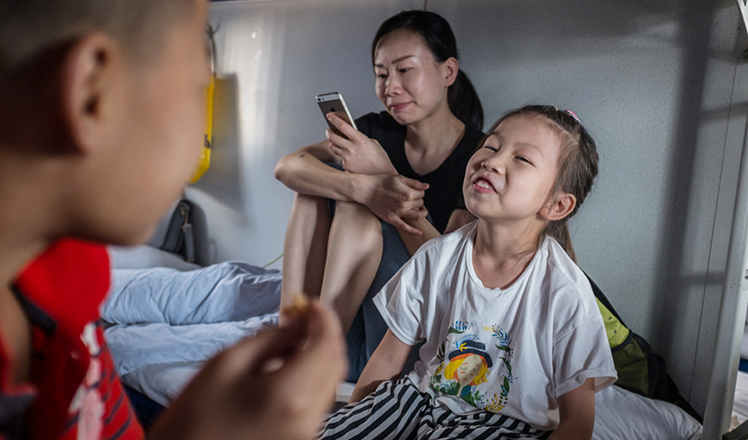Hoverboard firms to agree standards
Updated: 2016-08-31 07:58
By Zhong Nan(China Daily)
|
||||||||
 |
|
A boy rides a hoverboard on the day after Christmas, in San Pedro, California, December 26, 2015. [Photo/VCG] |
US banned products from Chinese markets
China's major manufacturers of self-balancing scooters, also called hoverboards, formed a sector branch on Tuesday under the China Chamber of Commerce for Import and Export of Machinery and Electronic Products, aiming to build group and international standards to reenter the US market.
The self-balancing vehicles are a type of portable, rechargeable battery-powered transportation machine for individual riders. They have two side-by-side wheels with two small platforms between the wheels on which the rider can stand. The vehicle is controlled using the rider's feet.
The US International Trade Commission has launched three investigations of Chinese self-balancing vehicles since 2014. Called section 337 investigations, these usually focus on intellectual property rights. There have been copycat and low-quality products, a number of fires and physical injuries and opposition by domestic manufacturers.
Liu Danyang, deputy director of the trade remedy and investigation bureau of the Ministry of Commerce, said the establishment of this sector branch is a practical way to set up a unified quality criterion to help Chinese manufacturers to produce high-grade self-balancing scooters for export.
The ITC reached its final verdict and issued exclusion orders on Chinese products in March this year, indicating that all Chinese self-balancing vehicles cannot enter the US market.
The US Consumer Product Safety Committee also set up new rules earlier this year to raise the technical threshold for self-balancing vehicles sold in the country.
"Since over 60 percent of Chinese companies' market share is in the US, group and international standards can further tackle various illegal activities that harm the interest of Chinese manufacturers," said Zhang Yujing, CCCME president.
The section 337 investigation and its outcome caused a total of 10 million units, worth $4 billion, of Chinese-made self-balancing scooters, to stay on Chinese and overseas shelves in the first half of this year. A total of 300,000 people in more than 1,000 Chinese companies may lose their jobs, according to figures estimated by the CCCME.
China exported more than 11 million self-balancing scooters in 2015. The value of a self-balancing vehicle can be set between $230 and $3,000, depending on their functions, materials, electronic systems and batteries.
Li Lu, head of the legal affairs department at Hangzhou Chic Intelligent Technology Co, a major domestic self-balancing vehicle maker, said the outcome of three section 337 investigations will continue to hurt the interest of Chinese companies since the ITC is still investigating the case and hasn't released punishment measures yet.
"Because of this situation, the majority of Chinese manufacturers stopped production. We are confronting the possibility of losing the massive US market if we don't take adequate measures to appeal to their commerce department authorities," said Li.
- Brazil leader's impeachment trial enters final stretch
- 94th anniv. of Victory Day marked in Turkey
- Merkel opens Germany's 17th Confucius Institute
- France's outgoing minister vows to 'transform' France
- One dead, three wounded in blast at Chinese embassy in Kyrgyzstan
- Tainted food sickens 37 Buddhist monks, 2 helpers in Cambodia

 'World's most dangerous village' draws visitors
'World's most dangerous village' draws visitors
 Chinese female pilots fly fighter-bomber JH-7
Chinese female pilots fly fighter-bomber JH-7
 African trainees learn lion dance in NE China's Dalian
African trainees learn lion dance in NE China's Dalian
 Left-behind children back to hometown after spending summer with family
Left-behind children back to hometown after spending summer with family
 Top 10 wealthiest countries in the world
Top 10 wealthiest countries in the world
 Princlings go to school
Princlings go to school
 Chinese painters capture beauty of Hangzhou
Chinese painters capture beauty of Hangzhou
 1,150-meter-long 'floating bridge' created
1,150-meter-long 'floating bridge' created
Most Viewed
Editor's Picks

|

|

|

|

|

|
Today's Top News
Trump outlines anti-terror plan, proposing extreme vetting for immigrants
Phelps puts spotlight on cupping
US launches airstrikes against IS targets in Libya's Sirte
Ministry slams US-Korean THAAD deployment
Two police officers shot at protest in Dallas
Abe's blame game reveals his policies failing to get results
Ending wildlife trafficking must be policy priority in Asia
Effects of supply-side reform take time to be seen
US Weekly

|

|








